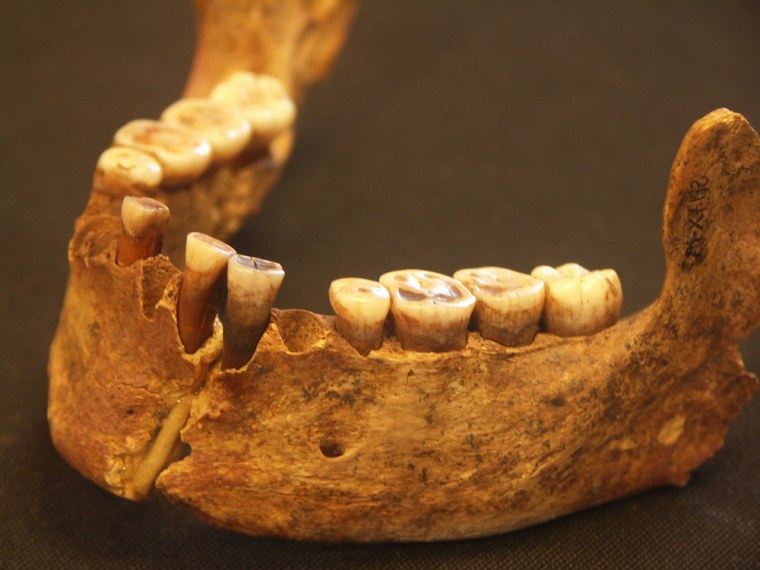Ancient mourners may have left flowers on the grave of an Ice-Age woman known as the Red Lady of El Mirón, new research suggests.
The woman lived about 18,700 years ago and was buried in a cave in what is now Spain. Similar to findings from other prehistoric burials, many of the bones were covered in a brilliant red pigment called ocher. The fact that some pigment was slathered on the bare bones means that someone had reburied and redecorated the bones, said Lawrence Straus, an anthropologist at the University of New Mexico in Albuquerque, who was on the team that discovered the burial in 2010.
The special care taken of the body, along with the fact that people were living in the same cave with the burial for a long time, suggests she was someone special to the ancient people, Straus said.

María-Jose Iriarte-Chiapusso, an archaeobotanist at the University of the Basque Country, and her colleagues describe another stunning find in the cave: the presence of a large number of seeds from a weedy plant belonging to the chenopod family.
The pollen isn't prevalent anywhere else in the cave or near the grave site during this period, suggesting it was placed there deliberately, the researchers wrote in a special issue of the Journal of Archaeological Science devoted to the Red Lady's grave. One possibility is that the pollen is the last trace of an ancient bouquet left to memorialize the woman, the researchers said in the study. Though the flowers wouldn't have been stunning by today's standards, during the cold, dry Ice Age, there wasn't much of a floral selection, the researchers added.
However, there are other possible explanations for the pollen in the Red Lady's burial. "The alternative explanation could be that the Red Lady had chenopod seeds in her stomach at the time of death," Straus said. "There are many chenopods in this vast family that have edible seeds."
This is a condensed version of a report from Live Science. Read the full report. Follow Tia Ghose on Twitter and Google+. Follow Live Science @livescience, Facebook & Google+.